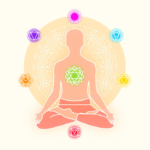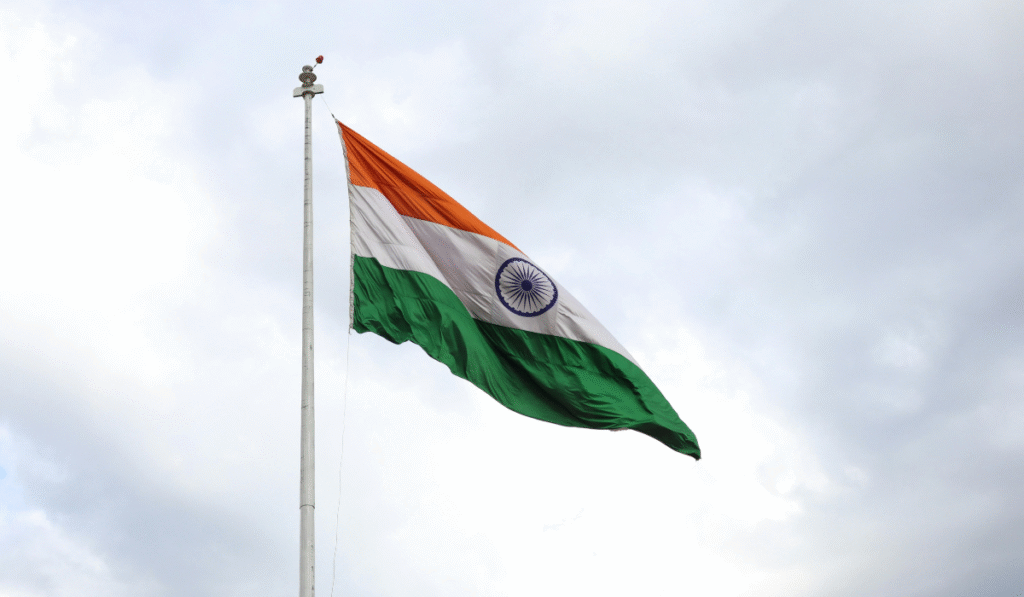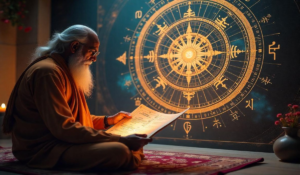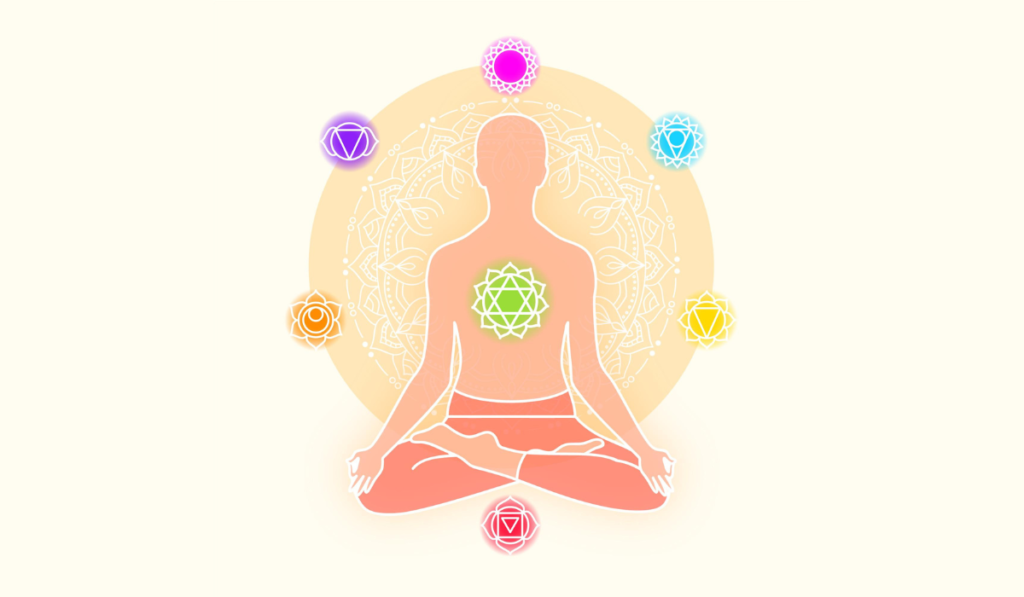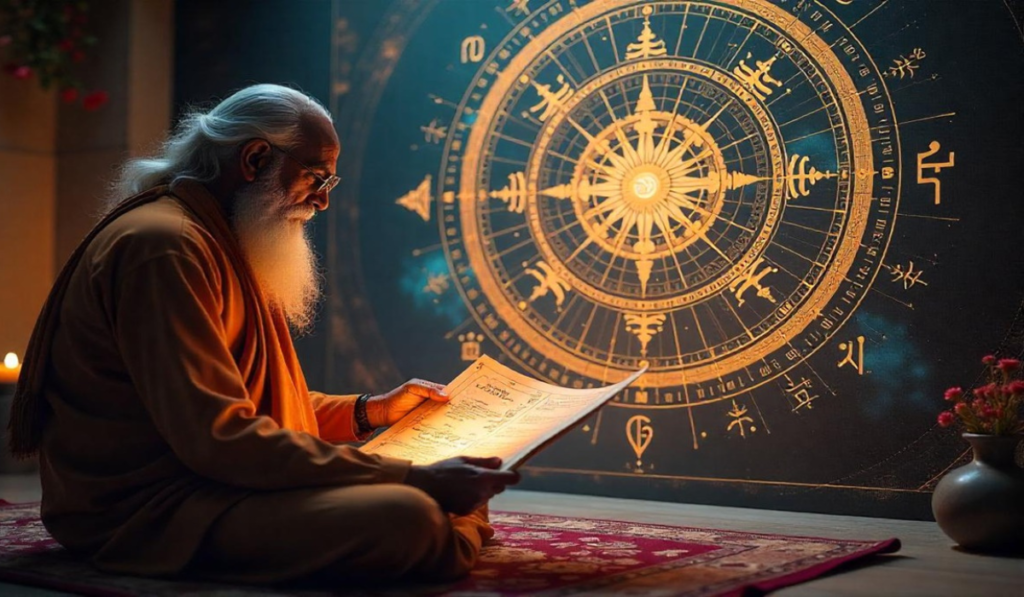The final freedom movement of India came to an end!
The clock struck twelve. The air in New Delhi was heavy, not just with the warmth of an August night, but with the weight of history. In a crowded Parliament hall, Pandit Jawaharlal Nehru’s voice echoed through the walls of liberation, a voice steady yet trembling with the rage of the moment. And outside, a nation of three hundred million souls exhaled together, for the first time as a free people.
The Night of Liberation
That night of 15th August 1947 was not an ordinary night.
It was the night India awoke from a slumber forced upon her for nearly two centuries. It was the night when the tricolor first kissed the midnight sky, when bells in temples, azaans from mosques, and hymns in churches rose together in one symphony of liberation.
For decades, the freedom movement of India had been a storm building over the subcontinent. From the Subadar of 1857 to the cries of Quit India, from silent protests to bloody revolts, every act of defiance was a note in the unfinished song of independence.
The First 24 Hours – Dawn in a Divided Land
When the sun rose on 15th August to the Indian Independence, it painted the streets of Delhi gold. People danced barefoot on dusty roads, children waved paper flags, and sweets were distributed from clay trays. In Bombay, shopkeepers closed shutters in respect; in Calcutta, processions filled the lanes.
But joy was not the only face of that morning.
While cities lit lamps for freedom, refugee trains rolled into stations, carrying the wounded, the hungry, and the broken. Punjab and Bengal bled as the cost of independence was written in the lives of men, women, and children caught in the flames of partition. India was free, but she was also divided, and the wound was fresh.
The Next 24 Hours – A Nation Holds Its Breath
August 16, 1947. Less than a day into freedom, the new government faced its first great test.
Prime Minister Nehru took to the radio:
“Peace and order is our first and sacred duty,” he declared, his words cutting through static into homes across the nation. His warning was firm that no rioter would be spared, whether Hindu, Muslim, or Sikh.
In the streets, the army under Defence Minister Baldev Singh and Home Minister Sardar Patel moved to protect refugee camps and calm riot-hit neighbourhoods. British troops, still present in small numbers, began stepping back, handing security over to Indian forces.
That same day, news crackled in from the north and east, caravans of displaced families walking on foot, children too tired to cry. And still, somewhere in the heart of the country, someone was raising a flag and singing the national anthem for the very first time.
August 17 — Borders and Shocks
At noon on August 17, the Radcliffe Line was announced. The boundary that divided British India into India and Pakistan.
Lines on a map became lines in blood. Villages learned they now belonged to a different country. Brothers found themselves in separate nations. Panic and migration surged again.
The freedom we had dreamed of came with a price, the largest forced migration in human history. Nearly 15 million people would cross borders in the months ahead. The newspapers spoke of freedom, but also of burning homes and lost families.
This was the reality of 15 August history, a day of triumph tangled with grief.
Freedom in 1947 was a dream come true, but it came with deep pain. The joy of independence was mixed with the sadness of Partition, when new borders separated families and friends. It was the start of a new nation, but also a time of loss and heartbreak.
How We Became Free? The Truth Beyond the Flag
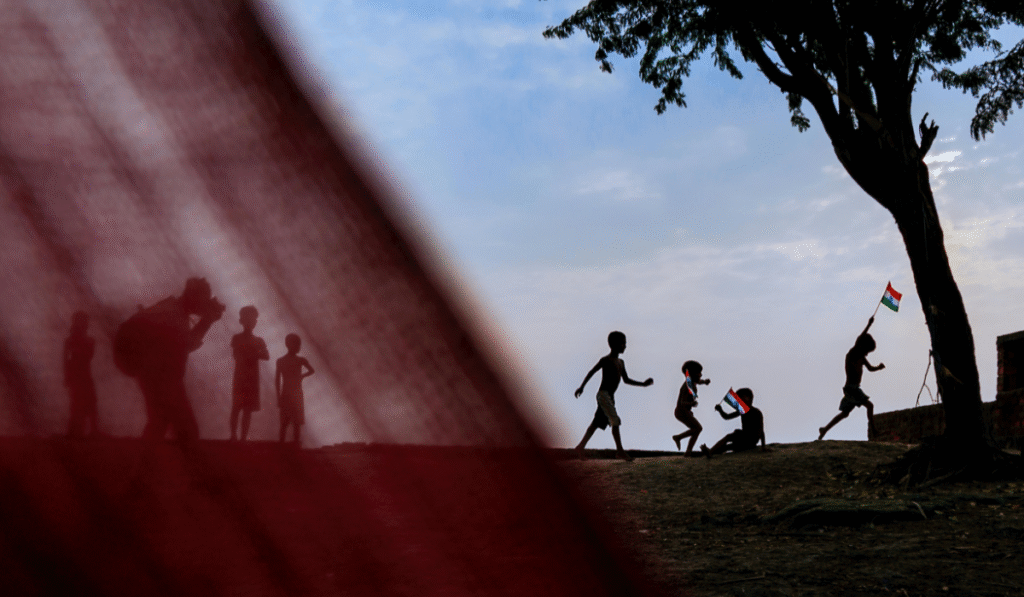
To understand why this day came at all, you have to look past the speeches and ceremonies. Britain did not leave simply because it was “the right thing to do.” It left because it could not stay.
- World War II had bled Britain dry. By 1945, the empire was bankrupt, dependent on loans from America, struggling to feed its own people.
- India had fought for Britain and came back with demands. Over 2.5 million Indian soldiers had served in the war. Their loyalty could no longer be taken for granted.
- The Quit India Movement shook the Raj. Gandhi’s call for immediate independence in 1942 sparked mass arrests, strikes, and a breakdown of administrative control in the hands of the British.
- The Indian National Army, led by Subhas Chandra Bose, and its trials lit a fire. Even though militarily defeated, the INA inspired Indians and made Britain fear the loyalty of its own Indian army.
- The Naval Mutiny of 1946 was the breaking point. Twenty thousand sailors rose in revolt, spreading from Bombay to Karachi and Calcutta. If the armed forces turned, British rule would collapse overnight.
- Global winds had changed. America and the UN pushed for self-determination. The age of empires was ending.
- Communal violence was spiraling. The British knew they would be drawn into an unwinnable civil war if they stayed.
It was not charity. It was inevitability.
India had made itself ungovernable under foreign rule.
The Faces of Freedom
The story of Indian independence is not just about leaders in Parliament. It is also about:
- The farmer who hid a rebel in his field.
- The schoolgirl who smuggled messages in her notebook.
- The soldier who refused to fire on his own people.
- The mother who crossed a burning border so her child could live in freedom.
History books may not name them, but they are the bricks in the foundation of our nation.
The Day We Claimed Tomorrow
78 years on, we still gather under the tricolor every August 15. We sing the anthem, watch the parades, and remember the martyrs. But if you close your eyes, you can still feel it, the beat of a newborn nation’s heart, the trembling in the air as midnight gave way to dawn.
We are the inheritors of a freedom paid for in blood, hunger, and unbreakable will. And that freedom is not a gift to be stored in glass. It is a torch to be carried forward.
They starved us.
They silenced us.
They broke our bones.
But they could not break our will.
This is the true freedom movement of India. This is why we stand today, unbowed, unbroken, and unafraid. It was fought in hearts, in hunger, in sacrifice that lasted years. People gave their lives, their homes, and their futures so the nation could be born.
And yet, today, we often wrap all that struggle into just one day of flags and parades, forgetting that patriotism is not an annual event. True respect for freedom is in how we protect it every day, in our actions, our choices, and our unity.
So on this 79th Independence Day, remember:
We are not just citizens of a free India.
We are its guardians.
Let’s stay connected! Come say hi on Instagram or follow us on Facebook for daily inspo.





